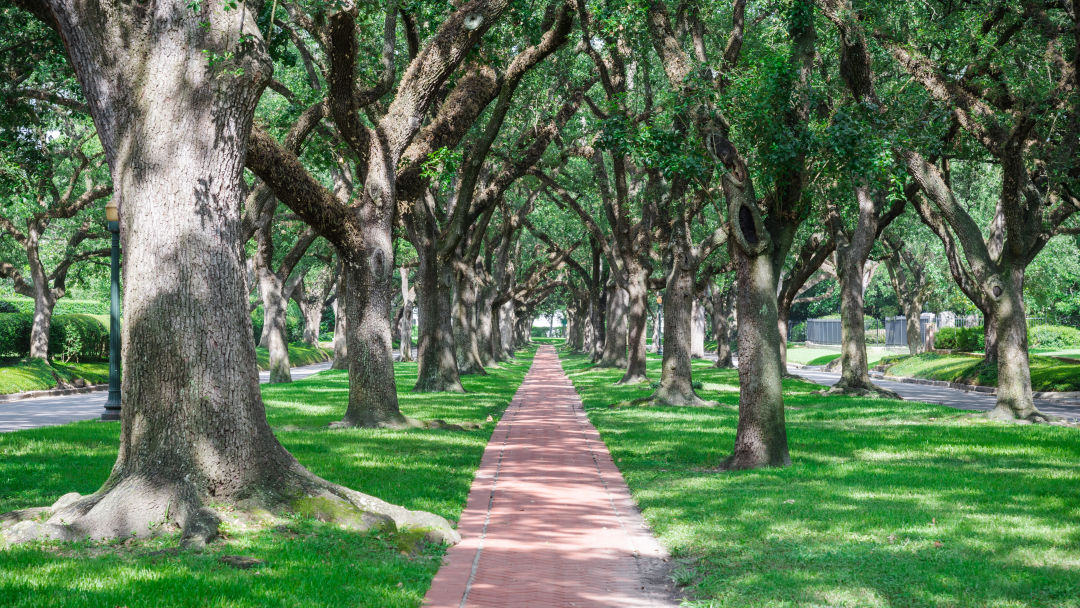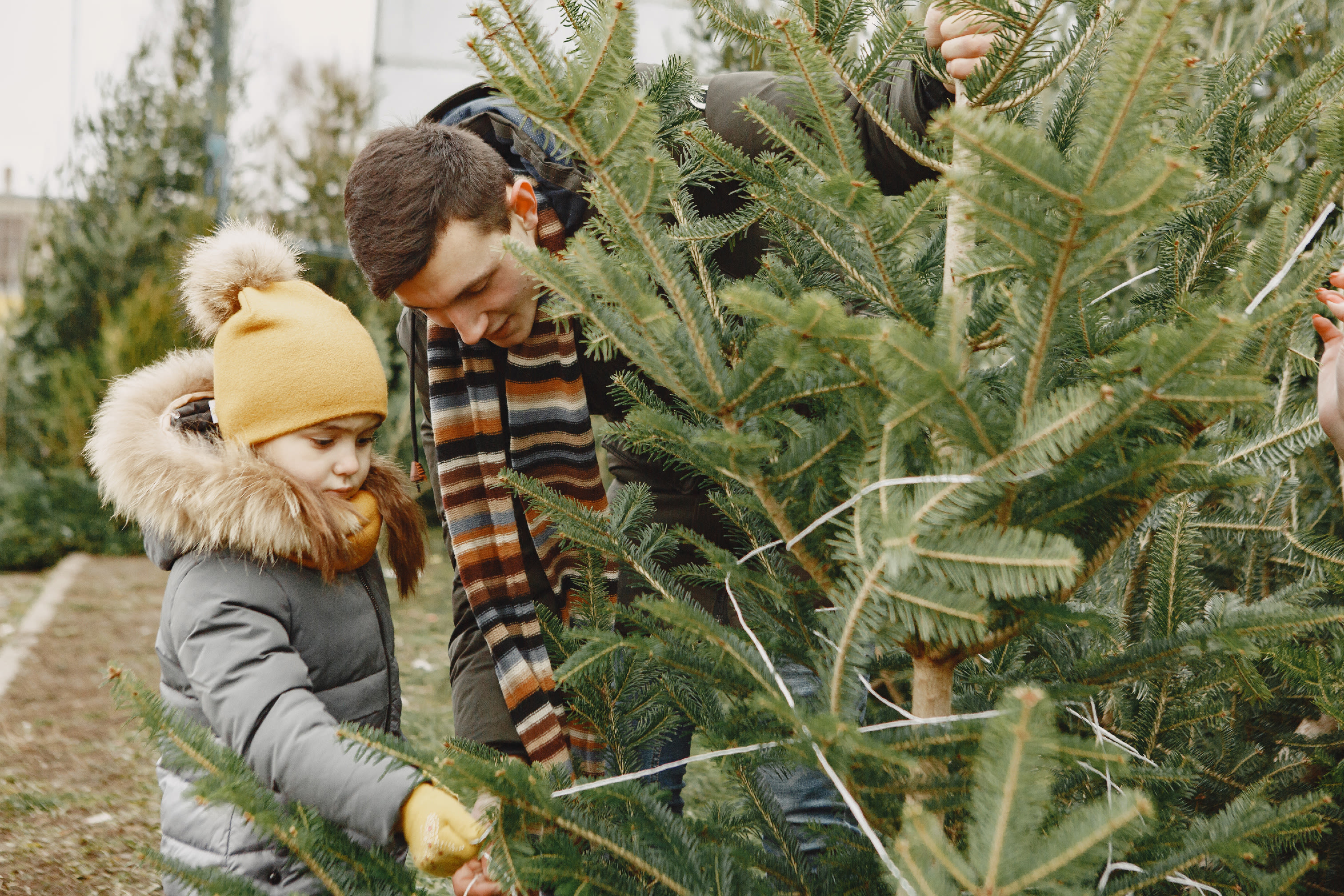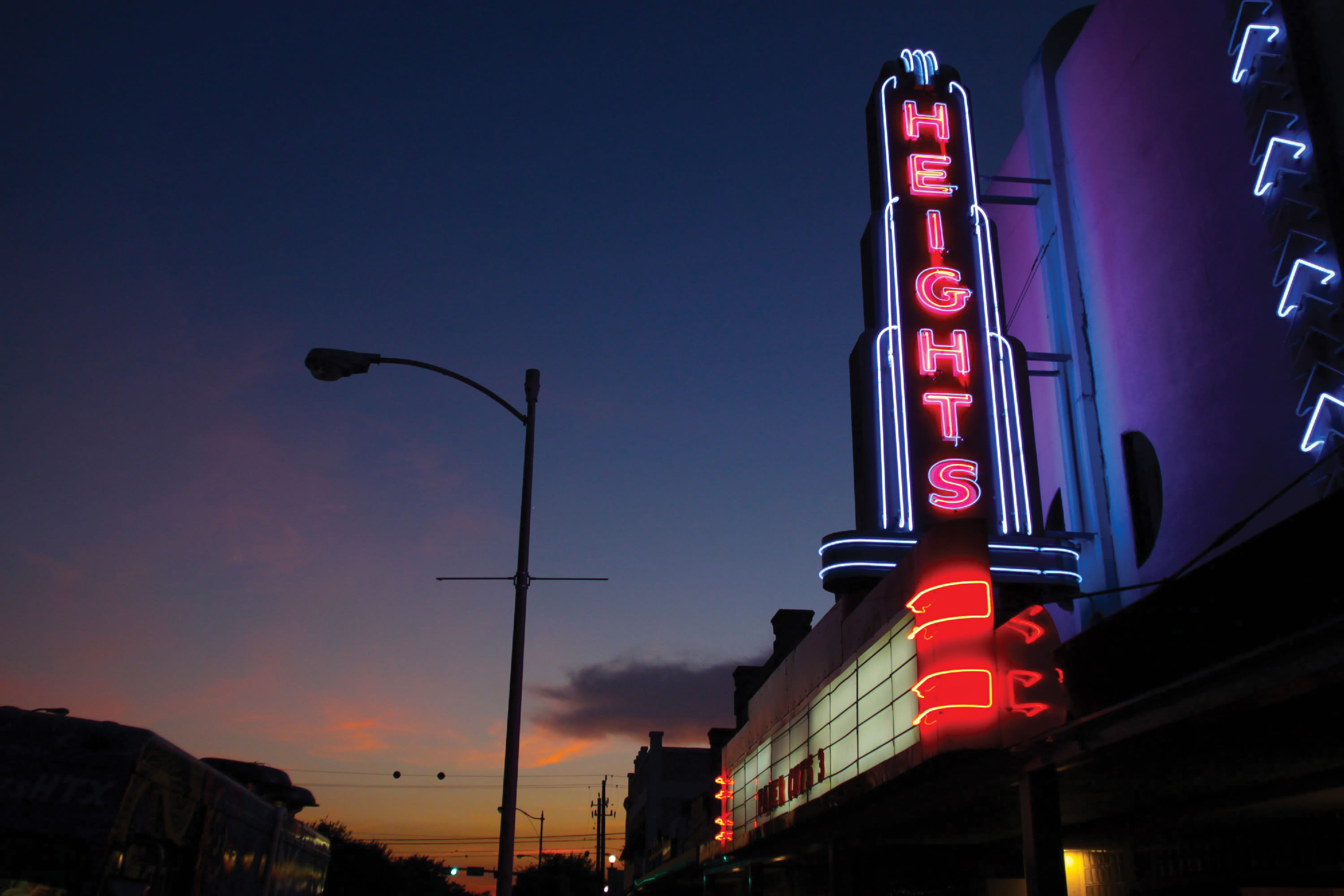Here’s What Achieving "Tree Equity" Could Mean for Houstonians

In some parts of Houston the grass the trees really are greener on the other side. And it makes a difference.
According to a post from Rice University’s Kinder Institute for Urban Research, which looked at a study from American Forests*, many of Houston’s wealthiest neighborhoods are home to more trees, more shade, and, thus, lower temps.
The study brings West U into question, where trees shade about 38 percent of the neighborhood, lowering the average temperature there to 83 degrees. In Central Gulfton (where the median household income is roughly $160,000 lower than that of West U), only about 6 percent of the land has tree coverage and the average temp is about 90 degrees.
Along Heights Boulevard, where 34 percent of the land is covered by tree canopy, the average temperature is about 85 degrees. And along Kirby Drive, were 48 percent of the land is shaded, the average temp drops as low as 80 degrees. Gasp!
In an area of Alief, where 77 percent of people live in poverty, the average temperature climbs to 90 degrees due to only about 11 percent of canopied land.
There isn’t a direct correlation between poverty and heat—look at downtown for instance, where concrete seems to play the largest factor in a high average temp. But overall Houston’s wealthier neighborhoods did have about 14-percent more tree cover than lower income neighborhoods, according to the report. And there was a 16-percent difference between neighborhoods with the highest share of white residents compared to those with the highest share of BIPOC residents.
The solution? According to Kinder, the city needs to plant 2.4 million trees to achieve “tree equity” throughout its neighborhoods.
The study didn’t say exactly how much 2.4 million trees would cool down the city—and yes, we know, in July that might feel the biggest concern of all. But it did go on to reveal some long-term impacts of proper planting.
Adding 2.4 million trees would create 17,000 new jobs, the report estimates. And, perhaps more importantly, the effort would help eliminate about 581 million gallons of stormwater runoff, which is known to play a role in Houston’s flooding crises.
Planting at this rate would increase the city’s tree coverage by roughly 23 percent, Kinder said. Unfortunately, that number is expected to decrease by 5 percent, as the city grows in the 10 years at the rate we’re going.
Still, it’s not all bad news. Central Houston’s scores were significantly better than those in the surrounding suburbs. The Bayou City also edged out in Dallas, Fort Worth, and San Antonio, falling only one point behind Austin.
The study also called out initiatives like Trees for Houston and Houston’s Climate Action Plan that have made it their mission to plant more than 4.6 million trees in the next decade. Plant on, friends. Plant on.
*A previous version of this story implied the study was conducted by the Kinder Institute. This has been corrected.




